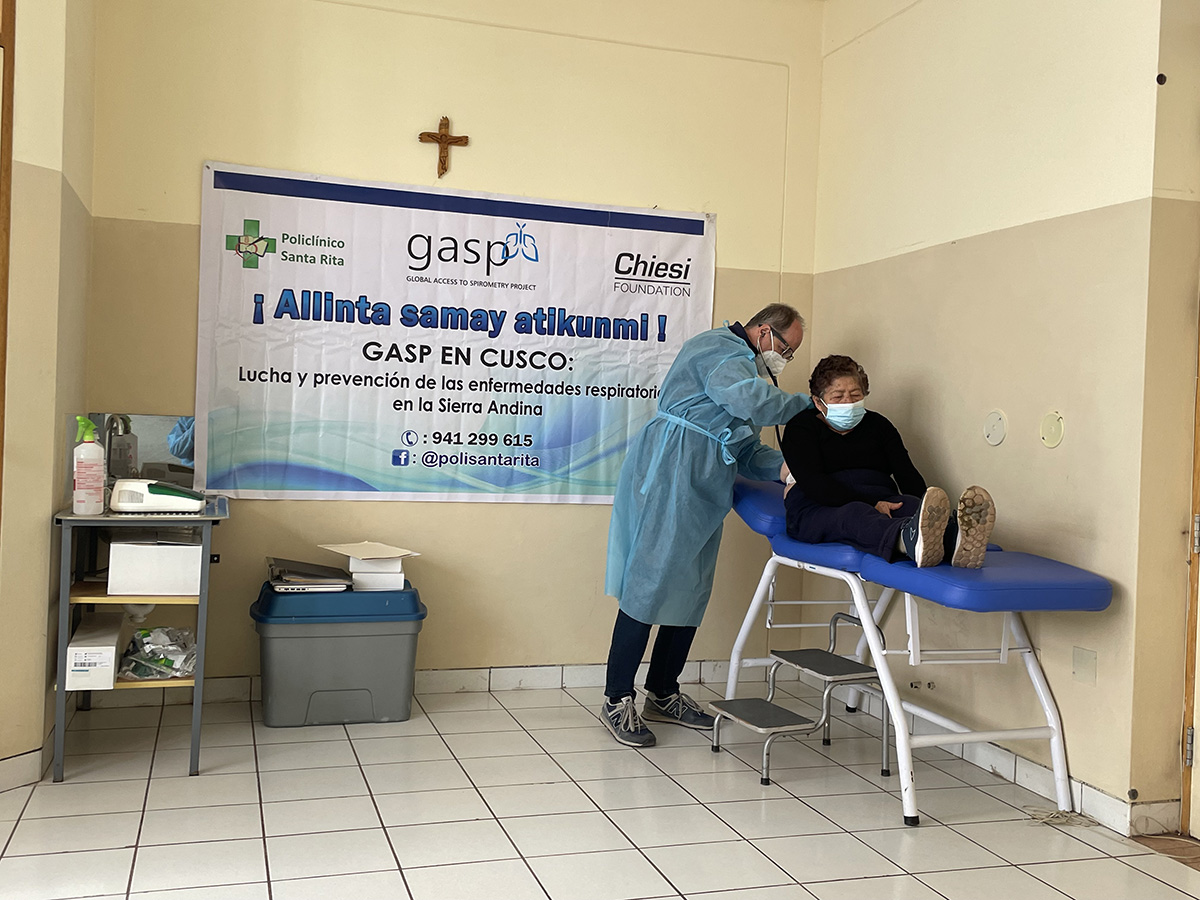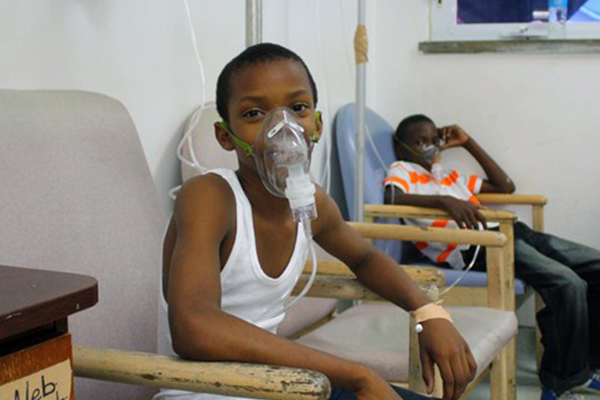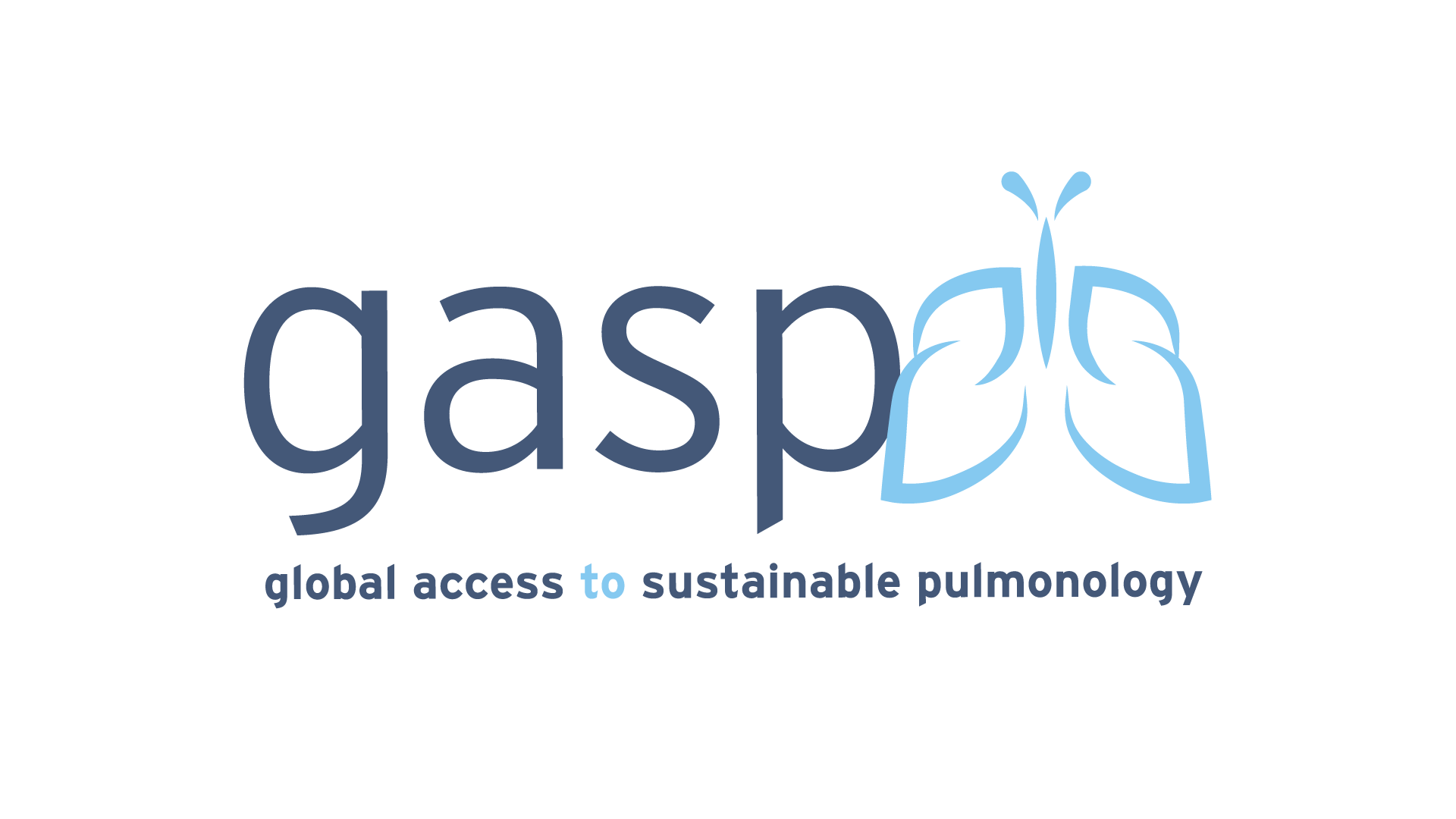We work in 13 countries
of the Global South
The Paolo Chiesi Foundation actively carries out projects and initiatives in the field of scientific research and development to improve access to quality neonatal and respiratory healthcare.
We work in 13 countries in the Global South
Chiesi Foundation actively carries out projects and initiatives in the field of scientific research and development to improve access to quality healthcare in the neonatal and respiratory fields.
Why we operate in the Global South
The Paolo Chiesi Foundation actively works in 13 countries in the Global South with the goal of improving the health and quality of life of children affected by neonatal diseases, their mothers, and all people affected by respiratory diseases. Through its programs, the Foundation implements concrete and targeted solutions to address the most pressing health challenges in these regions.
We are currently present in Guyana, Nepal, and Peru with the GASP (Global Access to Sustainable Pulmonology) Model; in Benin, Burkina Faso, Burundi, Côte d’Ivoire, and Togo with the NEST (Neonatal Essentials for Survival and Thriving) Model; and in Ethiopia, the Central African Republic, Tanzania, and Uganda with the IMPULSE (IMProving qUaLity and uSE of newborn indicators) research project.
Neonatal health
Since 1990, the world has made remarkable progress in child survival. Globally, the number of neonatal deaths has decreased
Furthermore, progress has slowed significantly since 2010, and 64 countries will fail to meet SDG target 3.2 by 2030 unless urgent action is taken.
Newborns have tragically different chances of survival depending on where they are born.


Neonatal mortality in sub-Saharan Africa is a significant challenge, a major indicator of maternal and child health, and is considered a reflection of a community’s access to health services and socioeconomic conditions.
Furthermore, in Africa, there is a significant gap between English-speaking and French-speaking countries in terms of access to healthcare, stemming from the lack of health development assistance and isolation from the scientific community, particularly due to the language barrier and the dominance of English in global health. We have therefore chosen to work primarily with French-speaking countries to help make healthcare a right for all.
Neonatal mortality in sub-Saharan Africa is a significant challenge, a major indicator of maternal and child health, and is considered a reflection of a community’s access to health services and socioeconomic conditions.
Furthermore, in Africa, there is a significant gap between English-speaking and French-speaking countries in terms of access to healthcare, stemming from the lack of health development assistance and isolation from the scientific community, particularly due to the language barrier and the dominance of English in global health. We have therefore chosen to work primarily with French-speaking countries to help make healthcare a right for all.

NEST – Neonatal Essentials for Survival and Thriving
The NEST project aims to reduce neonatal mortality (0-28 days) in particular of morbid, premature or low birth weight infants. The approach adopted is specific to each context that is faced, since the target group of countries includes territories with different health structures and different levels of financial and human resources.
Respiratory health
Chronic respiratory diseases (CRDs) affect the airways and other structures of the lungs. Some of the most common are chronic obstructive pulmonary disease (COPD), asthma, occupational lung diseases, and pulmonary hypertension.
In addition to tobacco smoking, other risk factors include air pollution, occupational chemicals and dust, and frequent lower respiratory tract infections during childhood.


CRDs have no cure; however, various forms of treatment that help open the airways and improve shortness of breath can help control symptoms and improve the daily lives of people living with these conditions.
The two most common chronic respiratory diseases are asthma and chronic obstructive pulmonary disease (COPD) . Both affect the airways in the lungs. In the respiratory field, the Paolo Chiesi Foundation operates in low- and medium-resource countries, such as Peru, Guyana, and Nepal.
CRDs have no cure; however, various forms of treatment that help open the airways and improve shortness of breath can help control symptoms and improve the daily lives of people living with these conditions.
The two most common chronic respiratory diseases are asthma and chronic obstructive pulmonary disease (COPD) . Both affect the airways in the lungs. In the respiratory field, the Chiesi Foundation works in low- and medium-income countries, such as Peru, Guyana, and Nepal.

GASP – Global Access to Sustainable Pulmonology
The GASP Model promotes respiratory medical training by focusing on the development of a model of diagnostic and clinical skills specific to the management of chronic respiratory diseases, with particular reference to asthma and chronic obstructive pulmonary disease (COPD). The aim is to transfer the acquired know-how to other low-income countries as well.




